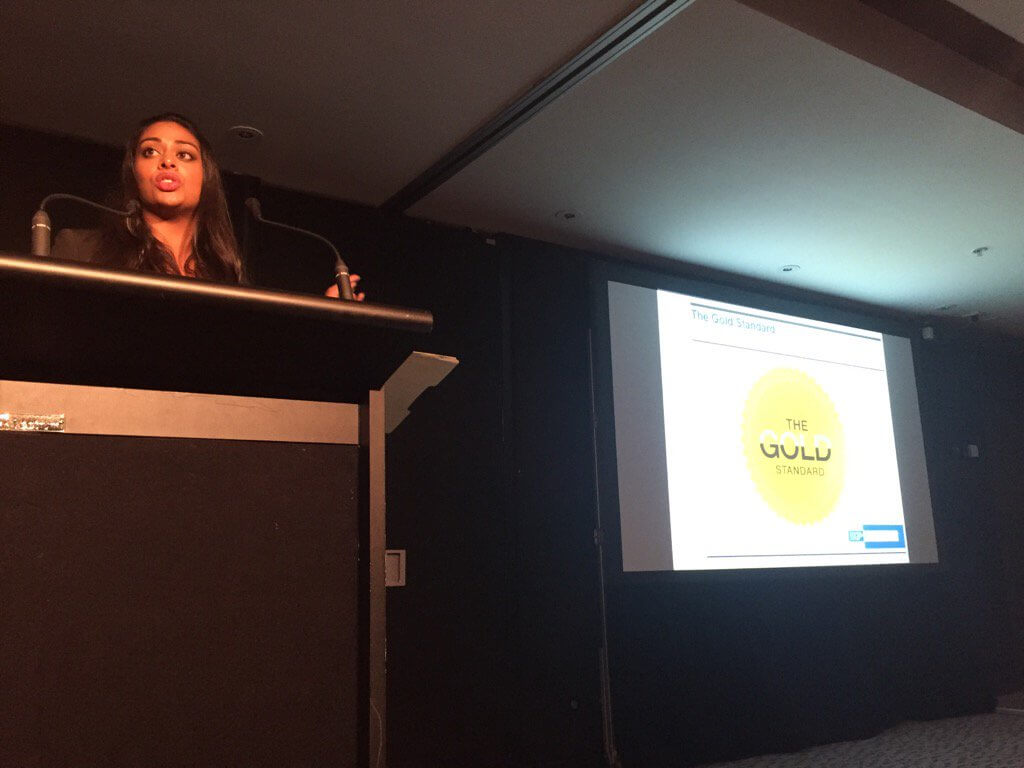

On September 15th, 2016 I gave a Keynote speech at the NZBIO Annual Conference in Auckland. The following is the abstract of my talk:
In recent years, biotech innovations have rapidly changed the landscape regarding solutions to the world’s most pressing and immediate threats to the human condition. Food security, agriculture sustainability, and human health are just some basic needs that could experience immense benefit from the promises in the field. However, this promise can only be achieved if the values represented by the technology and the technology providers are culturally, ethically and economically acceptable to the communities where they will be deployed.
The varying perspectives towards the commercialization of biotechnology advances have resulted in polarized views towards the many products already developed and in the pipeline. Decision makers are now tasked with finding solutions in an environment characterized by enthusiasm for future breakthroughs, but also by a wariness and distrust that has the power to stifle any potential benefits.
Advancing global harmonization in the regulatory space has proven considerably challenging for influential policy makers, credible scientists, and societal stakeholders, particularly in regards to the public backlash against technologies perceived as “unnatural” or “unsafe.”
It is evident that multilateral efforts and interdisciplinary collaborations will be required to advance harmonization as well as to address the incredibly complex global challenge of improving public perceptions towards biotechnology advancements. Understanding both individual and societal tolerances of perceived risk is the first critical step in successfully communicating the credible science that can inform global policy. Public acceptance and cooperation with measures towards better regulation of the promising science and technology solutions stemming from biotech is both achievable and within our grasp given what we now know about risk perception, eliciting behavior change, and the powerful role of social media.